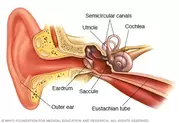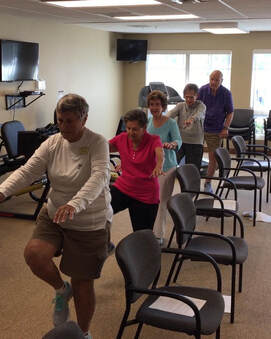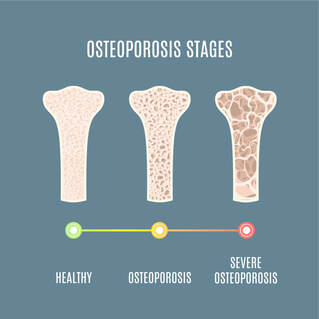
So, how can you or a loved one avoid an unintended fall? Over my 20+ year career, I have seen many different methods and programs come and go among physical therapists, personal trainers and motivated loved ones trying to help someone they care dearly about to keep them safe and independent. Avoiding falls really comes down to these three key elements to prevent unintended falls. So, what are they?
- Vestibular System (Your eyes and ears)
- Leg Strength
- Neuromuscular Efficiency (How the brain/spine communicates with the muscular system, mechanoreceptors and proprioceptors.)
If you talk to any pilot, they will tell you that there are two types of flying. Pilots will use their eyes are clear sunny days to help them see where they are going (visual flying) but at night, pilots rely on their instruments to guide them through flights and ensuring safe takeoffs and landings (instrumentation flying). There is a “common” nerve that runs from our ears to our brain and it serves as the super highway if data and information that our brains must process so that we maintain balance and can orient ourselves in our surroundings. Our eyes have their own “common” nerve that delivers data from our sight to the brain and serves the same purpose as the common nerve from the ears.
An interesting phenomenon occurs, known as motion sickness, when our brain receives conflicting information from these common nerves. For example, if you’ve been in a boat during a storm or when the waves are particularly rough, your ears are sending signals to your brain that relay the motion of your body as you rock back and forth, up and down. Meanwhile, your eyes are fixated on the horizon and sending signals that relay to the brain that you are fairly stable and not much going. All the while, your being tossed around the boat due to the wave activity. The brain is receiving mixed signals and this often times results in motion sickness.
Leg strength is what I consider a Life Indicator. A recent study published by the British Journal of Sports Medicine found that if you cannot stand on one foot for 10 seconds or longer, your life expectancy is 10 years or less.*(4) Also, leg strength is imperative to our ability to keep our hearts healthy! If you have weak legs and cannot stand or walk for longer than a few minutes, how are you going to do cardiovascular exercise? As we age, polypharmacy becomes common and the side effects from taking numerous medications simultaneously that include constipation. I know this is not the most glamorous topic, but it should be known that the more you move and walk, the more blood circulates throughout the body, including the digestive system. And I’m sure if you’re reading this and are over the age of 60, you understand the impacts of gravity and how it pulls things down… and out! I think you know where I’m going to I’ll leave it at that.
Neuromuscular efficiency is just a fancy way of saying, “how well does your brain and spine communicate with your muscular system”. As we age, our bodies and brains go through a lot of changes. In the brain, our synapses move further apart resulting in slower reaction times in our everyday lives. The good news, the brain is malleable and exercise, along with puzzles and word search games can keep our brains in tip-top shape. However, neurological disorders such as Alzheimer’s and Parkinson’s can have devastating effects on our brains ability to communicate with the rest of the body.
When you combine these three components in an assessment or evaluation of a patient or client, you get a pretty clear picture of their (or your) future and quality of life that can be expected. In terms of balance, these components are a great predictor of falls.
My advice:
- Walking is a great to build and maintain leg strength. One of my favorite exercises to increase leg strength is to have my clients sit down in slow motion. You want to ultimately avoid the “plop”. Make sure that prior to sitting, your legs are chair-leg width apart and take four seconds to descend. By the time you countdown backwards and reach “1”, your butt should be gently hitting the seat of the chair or sofa.
- It has been widely researched and studies have been done on the benefits of doing crossroad puzzles, word searches, puzzles, Mahjong and other games that force you to think and use your brain. The impacts of doing these mind games and challenges will ensure that you are operating at your maximum mental capacity.
- Get your eyes and ears checked at least once a year.
Chris R. Williams
President (Emeritus Health)
Author of Balance University
Website:
https://www.emeritushealthfitness.com/
- CDC - (https://www.cdc.gov/injury/features/older-adult-falls/index.html)
- National Floor Safety Institute (CDC) - (https://nfsi.org/nfsi-research/quick-facts/)
- Mayo Clinic - (https://www.mayoclinic.org/diseases-conditions/dizziness/multimedia/inner-ear-and-balance/img-20006286)
- BMJ - (https://www.bmj.com/company/newsroom/inability-to-stand-on-one-leg-for-10-seconds-in-mid-to-later-life-linked-to-near-doubling-in-risk-of-death/)












